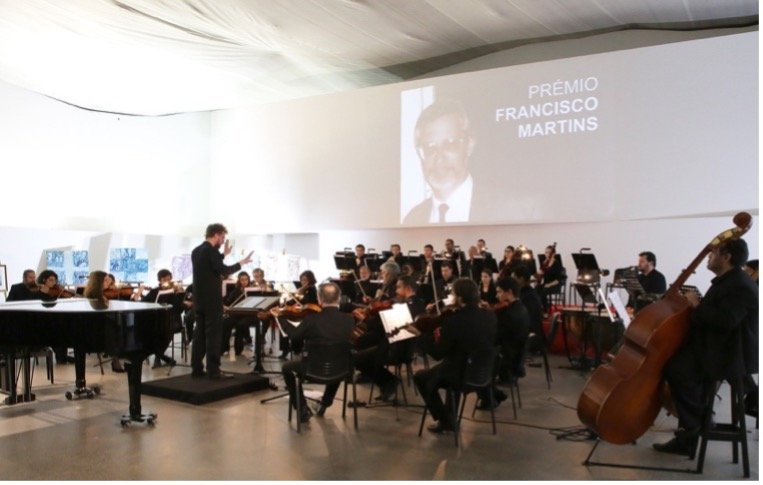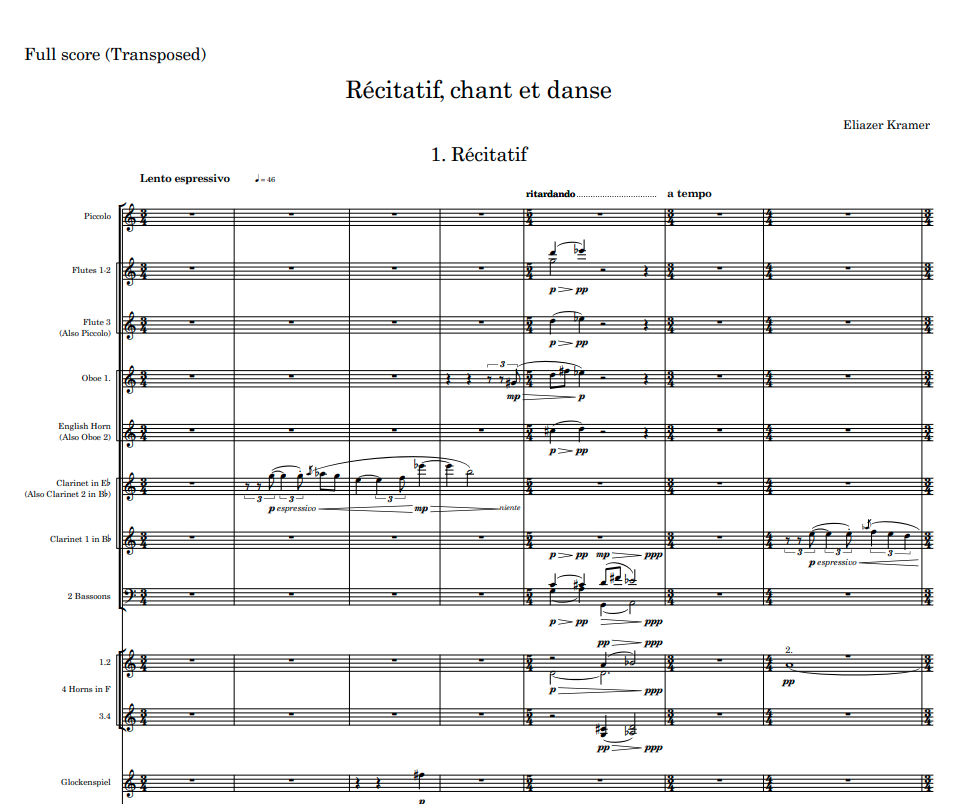
Evaluating Vocality in Orchestrated and Mixed Works
Evoking the human voice through instrumental music has been a perennial goal for composers, appearing in traditional and historical performance instructions such as cantabile and contemporary practices such as formant modeling (e.g., Jonathan Harvey, Speakings, 2008; Peter Ablinger, Deus Cantando, 2009). Performers also make extensive use of vocal metaphors in their discourse (Healy, 2018). But do general listeners perceive instrumental music in terms of vocal qualities or metaphors? Here we address this question by asking listeners to rate their perceptions of vocality in music intended to emulate it. Listeners provided real-time continuous slider data indicating how “voice-like” they perceived our repertoire excerpts to be. These excerpts included contemporary vocal mimesis techniques, traditional approaches to vocality, and control stimuli (i.e., music that is materially similar to the memetic excerpts but not explicitly intended to evoke the voice). This study provides perceptual validation for a phenomenon that has been important to musicians for centuries. Based on these findings, a new composition by Louis Goldford has been commissioned and is currently in development, incorporating the vocality features identified in our analysis. Although the composition has not yet been performed, it represents a future application of our methodology within a creative practice.

Composing with Multiphonics - ACTOR Quasar Research-Creation Project
This module documents an ACTOR research-creation project bringing together six composers with the musicians of the Quasar Saxophone Quartet for a yearlong series of meetings and workshops culminating in a concert on May 9, 2024, “Vacillations harmoniques en six tableaux / Harmonic vacillations in six pictures.” The project, organized by ACTOR members Andrés Gutiérrez Martínez and Robert Hasegawa, featured six McGill-affiliated composers (Andrés Gutiérrez Martínez, Chelsea Komschlies, Anita Pari, Lila Quillin, Jonas Regnier, Louis-Michel Tougas) with research assistance from saxophonists Tommy Davis and Kirby Leitz and the inexhaustible dedication and generosity of the members of the Quasar Saxophone Quartet: Marie-Chantal Leclair (soprano saxophone), Mathieu Leclair (alto saxophone), André Leroux (tenor saxophone), and Jean-Marc Bouchard (baritone saxophone).

Experimentation as a Central Element in Music Composition
The composition of sound is a complex process that requires the implementation of numerous strategies and circumstances to achieve a successful outcome. Each musical work is the result of countless preliminary stages, prerequisites, and chance occurrences. The complexity of creation cannot be easily reduced, and the development of specific concepts for the direct experimentation with sound is necessary to navigate through the vast array of creative approaches found in the contemporary instrumental and electroacoustic repertoire. The gestation of a musical work is a mysterious process that surpasses our understanding. Working directly with sound allows us to follow a portion of this process, whether it begins with an idea seeking a sound to materialize or with a "found" sound emerging from an unexpected accident.

Orchestration for the String Quartet Research-Creation Project Report
As an ensemble of four instruments from the same family, the quartet has an exceptional capacity for blending but can also sharply differentiate the timbres of its members when desired. As an uncoducted ensemble, the string quartet depends on close non-cerbal communication between its members, and quartet members are accustomed to making subtle variations in their playing to achieve timbral and orchestrational ends. The purpose of this project is to explore how composers can orchestrate for the string quartet, examining strategies for timbral blend, stratification, modulation, and contrast.

Space as Timbre (SAT) Research-Creation Project Report
The primary objective of the Space As Timbre (SAT) project is to conduct meticulous experiments on orchestration solutions and playing techniques, to achieve timbral effects that closely approximate the perceptual characteristics of diverse acoustical spaces. To this end, SAT endeavors to illuminate the intricate interplay between the spectral content of a sound, its resynthesis through orchestration, and the resulting perception of the quality of the acoustical space where the sound seems to have been produced.

Musicians Auditory Perception (MAP) Interactive Project Report
The purpose of the Musician’s Auditory Perception (MAP) project is to collect qualitative data via sonic ethnography in order to promote and analyze, both literally and metaphorically, (a) sonic collaboration between auditory learners, (b) modes of sound information gathering, and (c) the creative expression of musicians, while disrupting common pedagogic methods that reinforce hierarchical education practices.

Technology and Timbre
Moving Sources explores the relationship between instrumental orchestration and electronics primarily through the means of spectral analysis and subsequent electronic-informed timbre-blending techniques such as filtering, reverberation, granular synthesis, pitch freezing, envelope generators, noise, delays and spatialization.

Exploring the Virtual Orchestra through Blood, Sweat, and Tears. Part I
This article outlines my first attempt at making a virtual orchestration from one of my compositions, Récitatif, chant et danse. In addition, it provides some background on virtual orchestration and discusses the different elements involved in creating one.

The "Paradoxical Complexity" of Sound Masses
Beginning with simple elements of sound, composers can use their expertise to craft compositional systems that may be enormously complex and far beyond the comprehension of most listeners. But by the end, I think it is a magical thing if it comes around to become perceptually simple again: a musical organism with processes, gestures, and gestalts that are readily appreciated and comprehended.

Seven Beginnings
Seven Beginnings (2019), for flute, oboe, clarinet, bassoon, horn, two violins, viola, and cello, was composed as a deliverable of my ACTOR postdoc. The piece builds upon the trend of speech transcription in recent music, with a focus on spectral transcription and cross-modal composition. But far from being a technical étude, it is a very personal piece with a very specific motivation behind its materials and methods.
